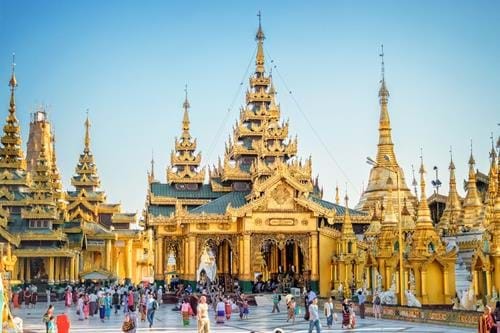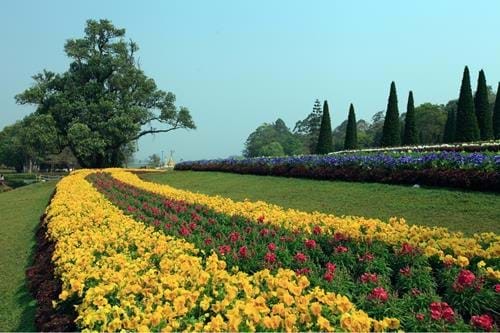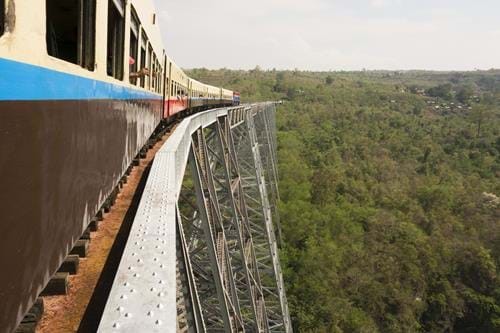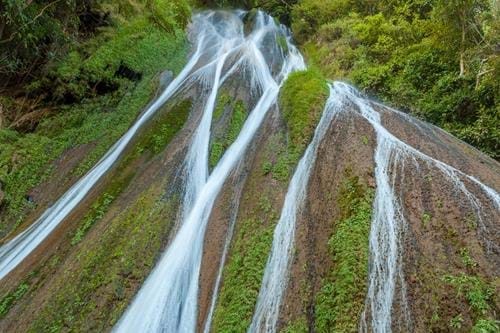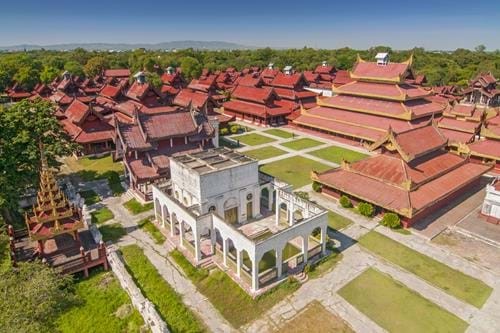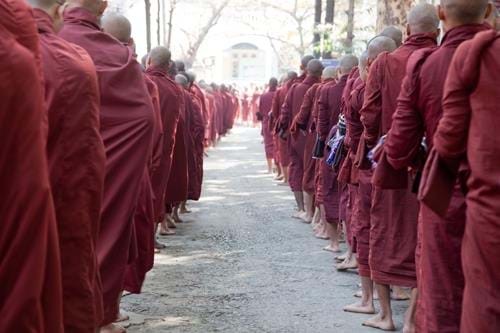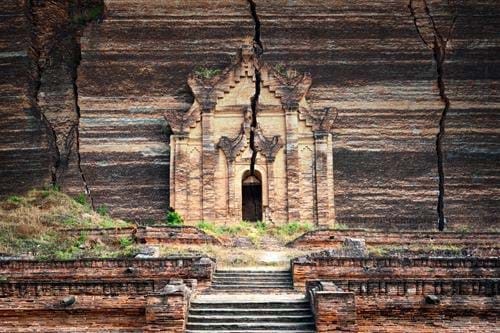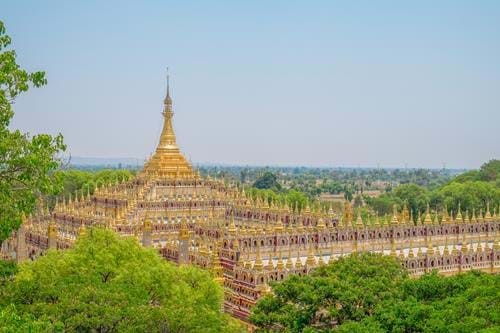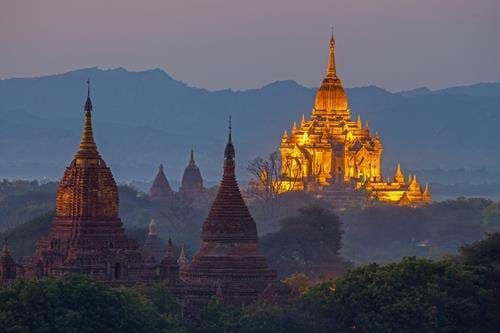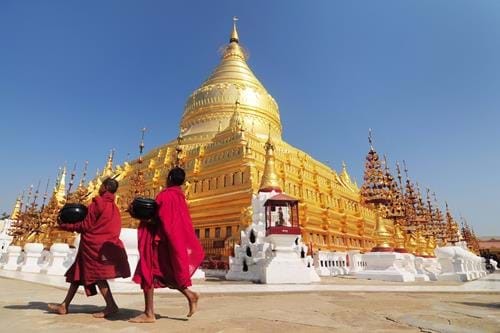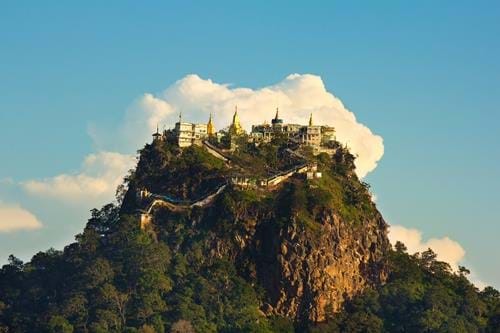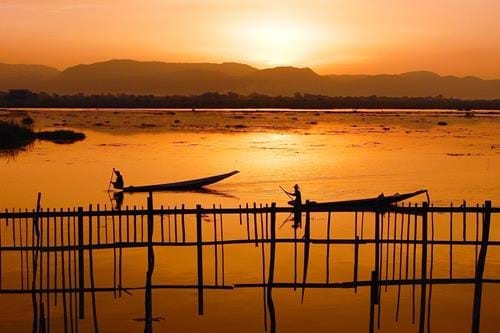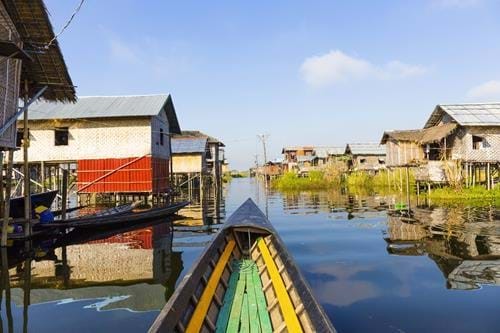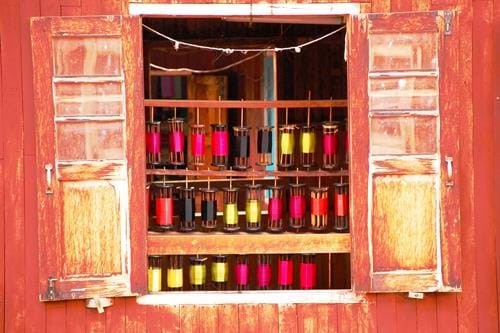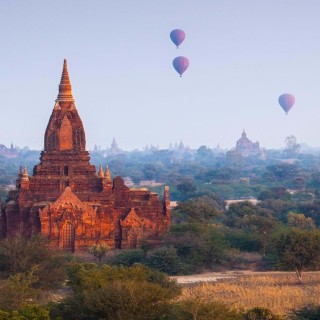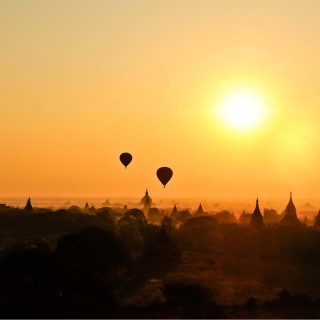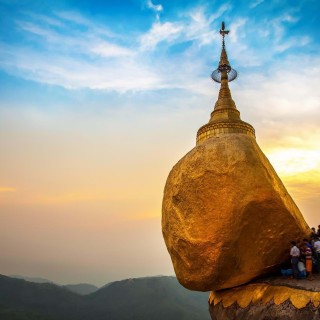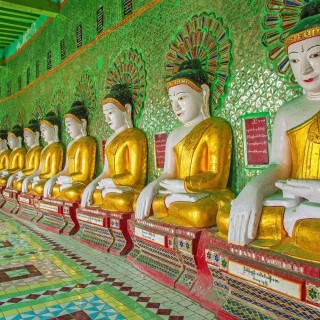Tailor-Made Tour
- Duration18 Days
- Flights IncludedYes
- Prices From £ 4180
 Places Visited :
Yangon, Pyin Oo Lwin, Hsipaw, Mandalay, Monywa, Bagan, Inle Lake
Places Visited :
Yangon, Pyin Oo Lwin, Hsipaw, Mandalay, Monywa, Bagan, Inle Lake
Covering all of Myanmar’s classic sights, as well as a few side trips to lesser known, rural destinations, this figure-of-eight route around the country is the one we generally recommend to first-time visitors. It’s a wonderfully varied itinerary, featuring memorable sights on each day, from sparkling pagodas to old-world, British hill stations and little market towns on the banks of the Ayeyarwady. Myanmar’s greatest river is crossed several times during the trip via colonial-era bridges and ferries. Ox carts, long-tail launches and Chinese bicycles number among the other modes of transport you may encounter in addition to your main vehicle – a luxury, air-conditioned car – in the course of this wonder-filled, 18-day odyssey.
Remember, this trip can be personalised to suit your travel needs - we can tailor everything from hotel, travel type, duration and more.

